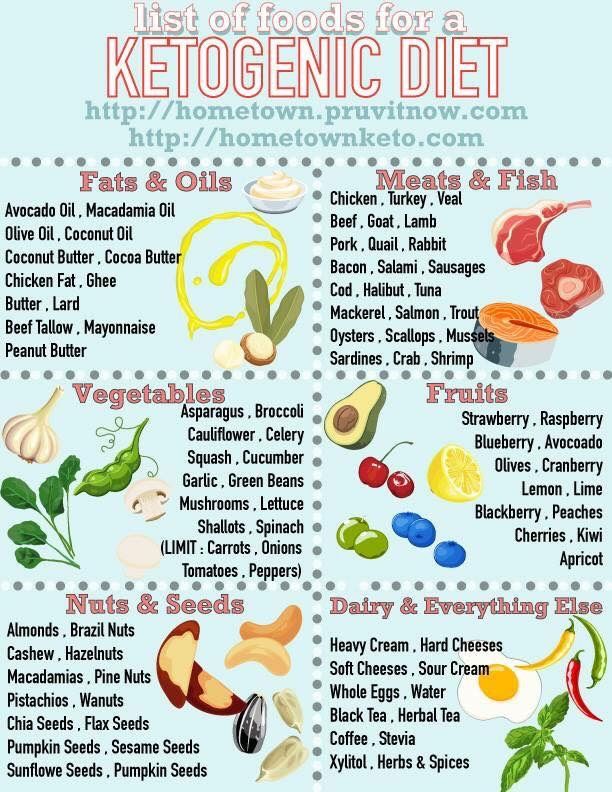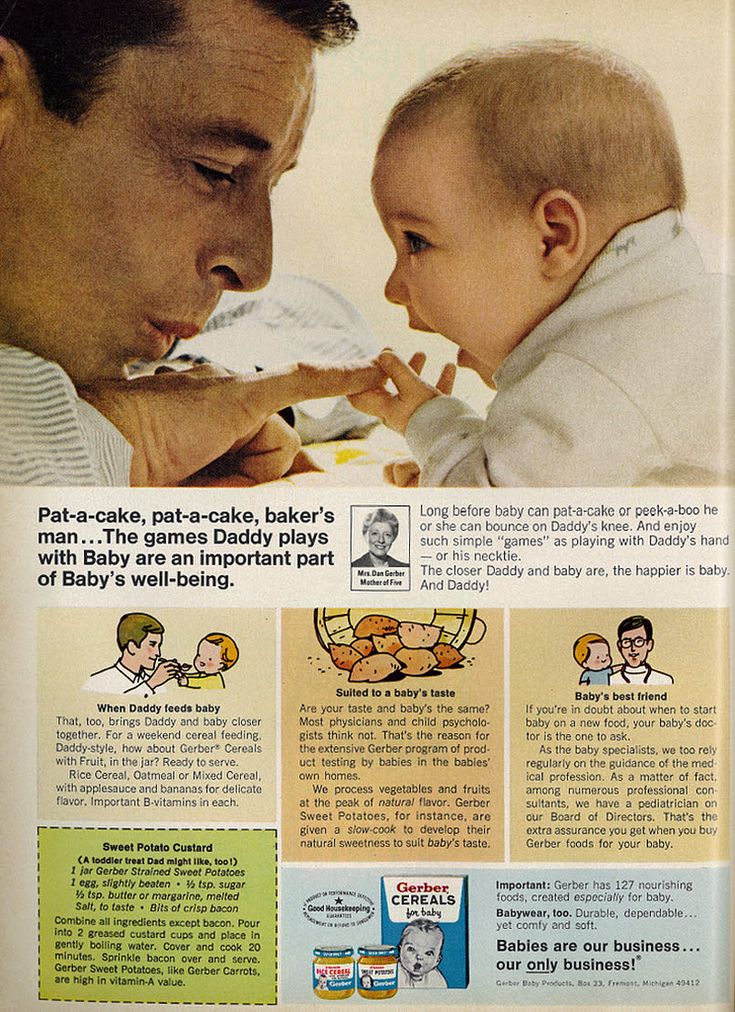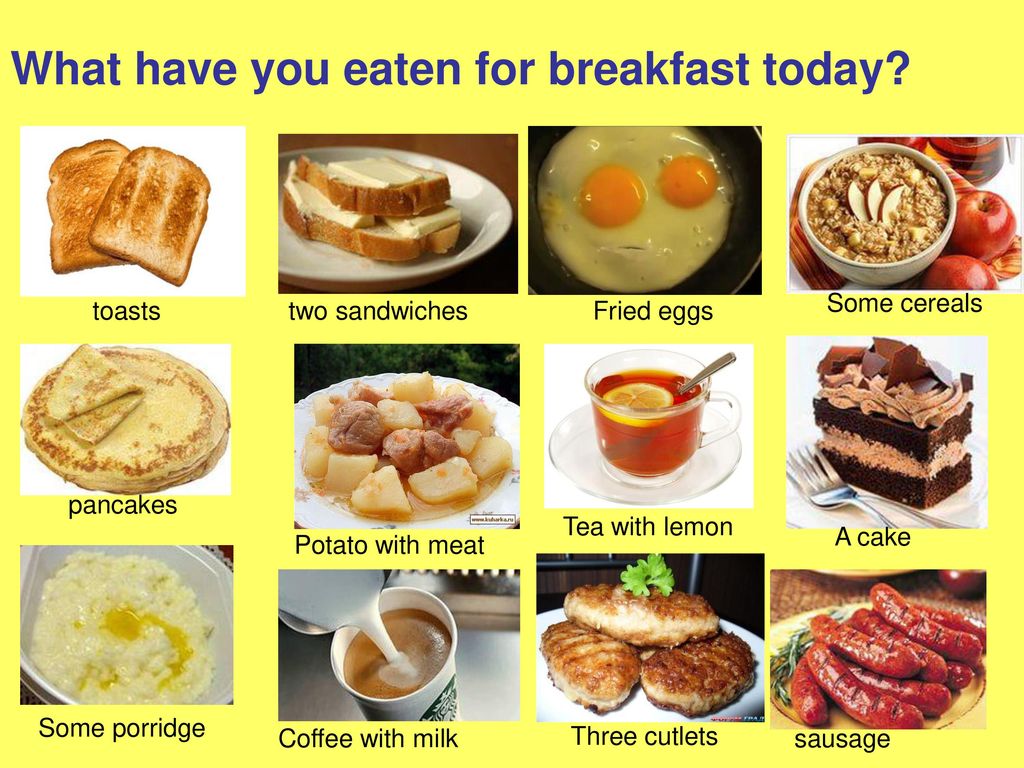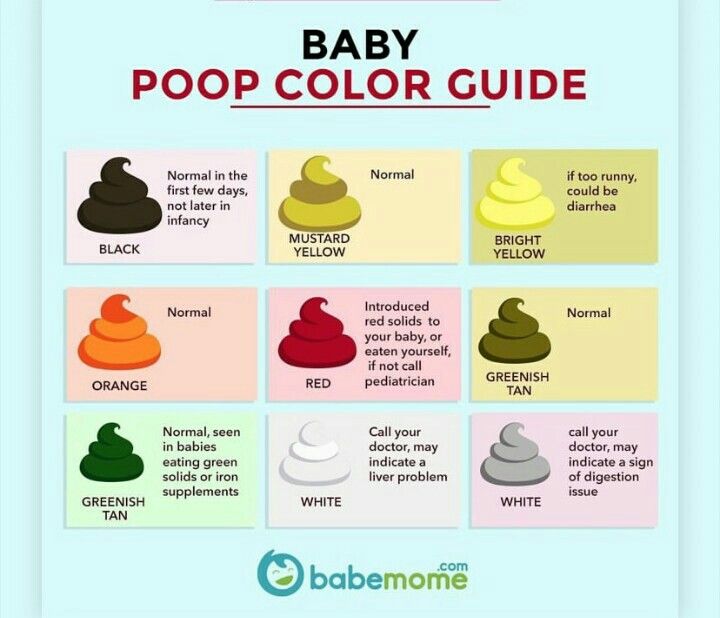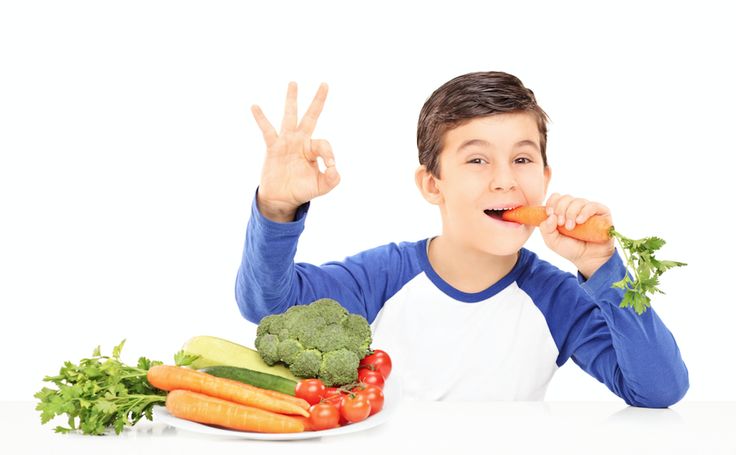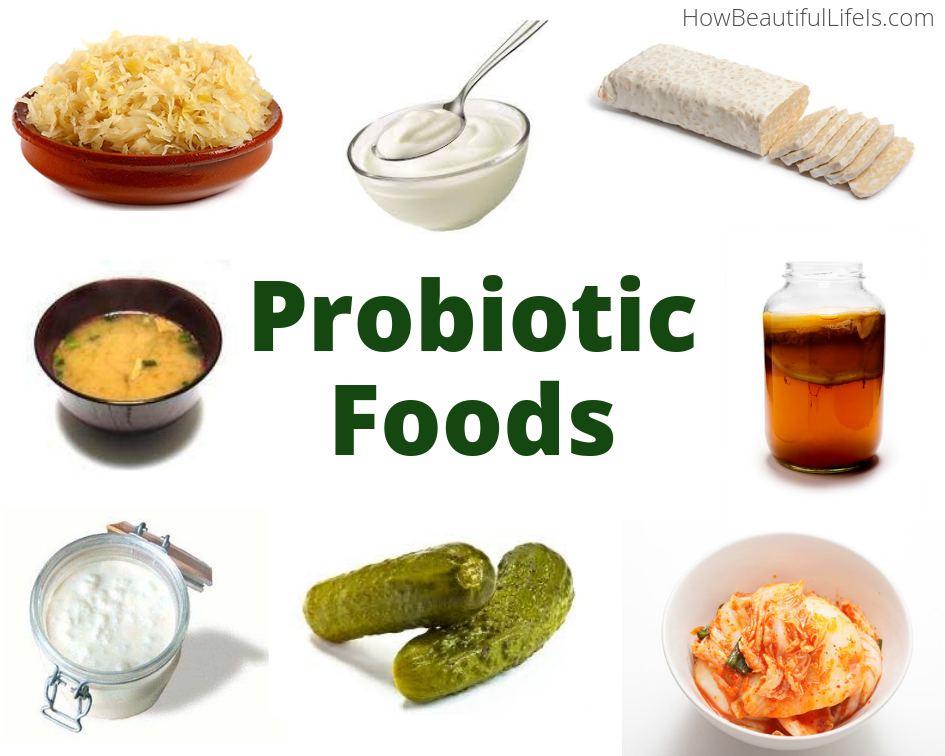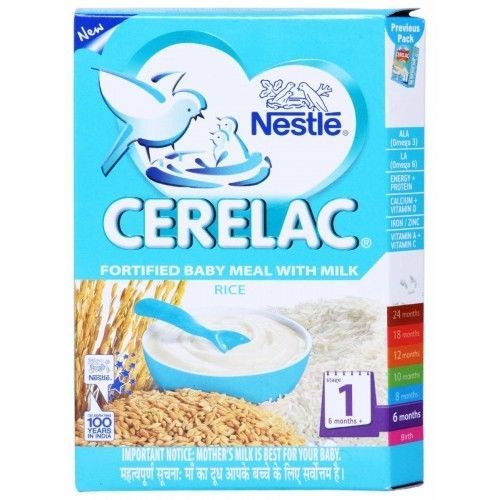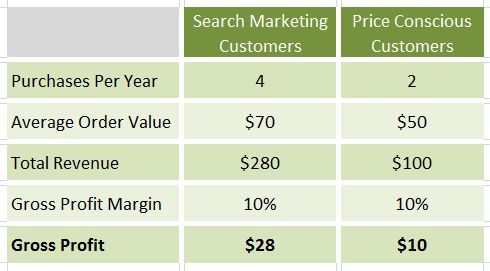How do i know my baby is ready for food
Introducing solids: why, when, what & how
Solid foods: why babies need them
As babies get older, they need solid food to get enough nutrients for growth and development. These essential nutrients include iron, zinc and others.
For the first 6 months of life, babies use iron stored in their bodies from when they were in the womb. They also get some iron from breastmilk and/or infant formula. But babies’ iron stores go down as they grow. By around 6 months, babies need to start having solid food.
Introducing solids is also important for helping babies learn to eat, giving them experience of new tastes and textures from a range of foods. It develops their teeth and jaws, and it builds other skills that they’ll need later for language development.
Signs that it’s time to introduce solids
Signs your baby is ready for solids include when your baby:
- has good head and neck control and can sit upright when supported
- shows an interest in food – for example, they look at what’s on your plate
- reaches out for your food
- opens their mouth when you offer them food on a spoon.
Most babies start to show these signs by around 6 months, although this can vary.
It’s recommended not to introduce solids before 4 months.
If your baby is nearing 7 months of age and hasn’t started solids, you might like to get some advice from your child and family health nurse or GP.
The best times of day to introduce solids
When you’re first introducing solids, it’s good to offer solids when you and your baby are both happy and relaxed.
This is often after a feed of breastmilk or formula. Babies will still have room in their tummies for a taste of new foods after a feed of breastmilk or formula. But if they’re really hungry before a feed, they just want the breastmilk or formula that they know satisfies their hunger.
As time passes, you’ll learn when your baby is hungry or full, not interested or tired.
Signs of hunger include your baby:
- getting excited when they see you getting their food ready
- leaning towards you while they’re sitting in the highchair
- opening their mouth as you’re about to feed them.
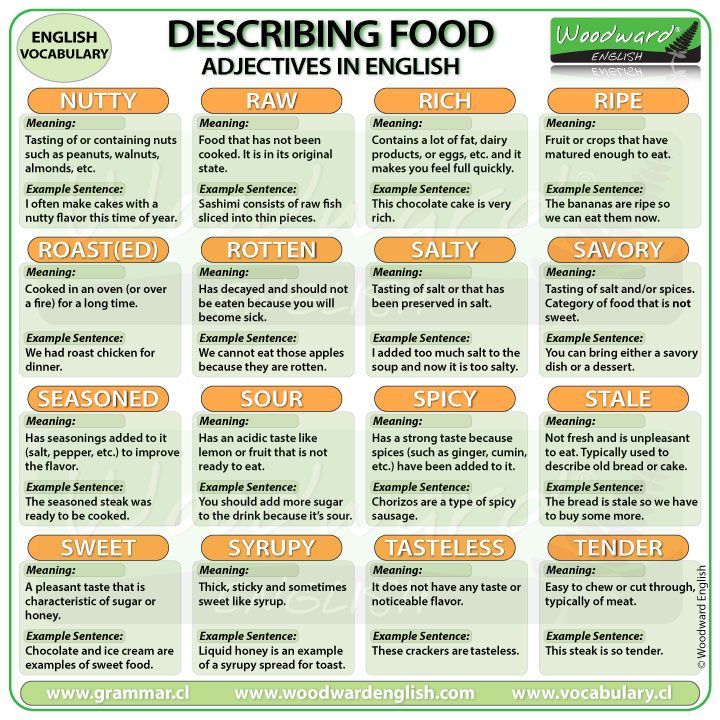
Signs your baby is no longer interested include:
- turning their head away
- losing interest or getting distracted
- pushing the spoon away
- clamping their mouth shut.
Your baby’s appetite can vary from day to day.
How much food to offer when introducing solids
When you’re first introducing solids, try offering 1-2 teaspoons of food once a day. At first, your baby might have only a small taste and probably won’t swallow much.
As your baby grows, you can increase the amount according to your baby’s appetite and signs.
By 12 months, your baby should be eating around 3 small meals a day, plus breastmilk or infant formula.
The right textures for first foods
When your baby is ready for solids, first foods might be smooth or finely mashed, depending on what baby likes. Over the next weeks and months, your baby can move on to roughly mashed or minced foods and then chopped foods.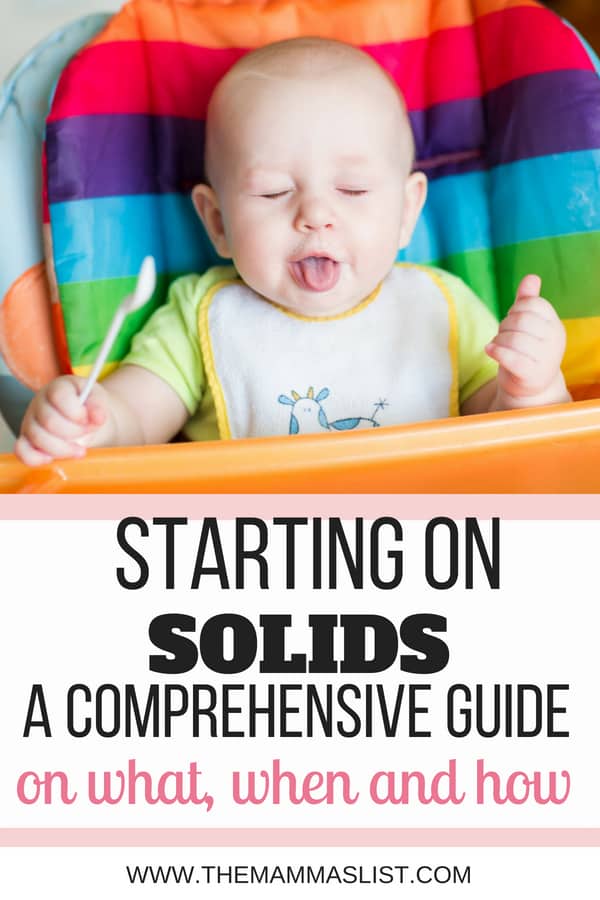 All foods should be very soft.
All foods should be very soft.
Your baby needs a variety of food textures. This helps your baby learn how to chew, and chewing helps with speech development and self-feeding. It also helps to prevent feeding difficulties as your baby develops. Babies can chew even before they get their first teeth.
By the time your baby is 12 months old, they should be eating the same foods that the rest of the family is eating. But you might still need to chop some foods into smaller pieces and cook vegetables until they’re soft.
To prevent choking, always supervise babies and young children while they’re eating solid food. Avoid nuts, take special care with pieces of meat and check fish for small bones, because these are choking hazards. And if your baby can move around, make sure baby is sitting down while they’re eating. If you sit with your baby while they’re eating, baby is less likely to move around.
Types of food to offer when introducing solids
All new foods are exciting for your baby.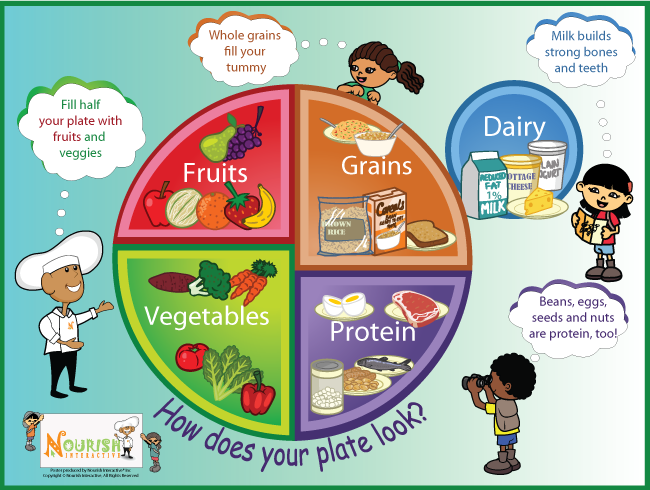
The key is to include iron-rich foods of the right texture in your baby’s first foods. Iron-rich foods include:
- iron-fortified infant cereal
- minced meat, poultry and fish
- cooked tofu and legumes
- mashed, cooked egg (avoid raw or runny egg).
To these iron-rich foods, you can add other healthy foods of the right texture like:
- vegetables – for example, cooked potato, pumpkin, sweet potato, carrot, broccoli or spinach
- fruit – for example, banana, apple, pear, melon or avocado
- grains – for example, oats, bread, rice and pasta
- dairy foods – for example, yoghurt and full-fat cheese.
You can introduce any number of new foods at a time and in any order. When you offer your baby a variety of foods, they can try plenty of new tastes and get a range of nutrients.
Read our tips for introducing solid foods to learn how to get your baby interested in new foods and manage mealtime mess and play.
Breastmilk and infant formula while introducing solids
You should keep breastfeeding or using infant formula until at least 12 months.
When you start introducing solids, breastmilk or infant formula should still be the main source of your baby’s nutrition. Over the next few months, your baby will start having more solids and less milk or formula. The rate that this happens will vary.
By around 9 months, babies have generally developed enough chewing and swallowing skills to move from having milk before solids to having milk after solids.
Here are some signs that your baby is getting enough nutrition from both solids and breastmilk or formula during this time. Your baby:
- has plenty of wet nappies – at least 6-8 wet cloth nappies or 5 very wet disposables in 24 hours
- is alert and mostly happy after and between feeds
- is gaining weight at about the right rate – your child and family health nurse will weigh your baby at your regular check-ups.

From 12 months onwards, solids should be the main source of your baby’s nutrition. Your baby doesn’t need infant formula after 12 months, but you can keep breastfeeding for as long as you and your baby like.
If solid food replaces breastmilk and/or infant formula too quickly, babies can miss out on important nutrition. If you have any concerns about your baby’s feeds or weight, talk to your midwife, child and family health nurse, lactation consultant or GP.
Introducing water
Once your baby has reached 6 months, you can start to offer baby cooled, boiled water in a cup at mealtimes and at other times during the day. This is so your baby can practise drinking from a cup, but baby still doesn’t really need fluids other than breastmilk or formula at this age.
Once your baby has reached 12 months, you can offer fresh tap water without boiling it.
Foods and drinks to avoid while introducing solids
There are some foods to avoid until your baby is a certain age:
- Honey until 12 months – this is to avoid the risk of infant botulism.

- Raw or runny eggs and foods containing raw eggs like home-made mayonnaise until 12 months – bacteria in raw eggs can be harmful to babies.
- Reduced-fat dairy until 2 years – babies need full-fat dairy for growth.
- Whole nuts and similar hard foods until 3 years – these are choking hazards.
There are some drinks to avoid until your baby is a certain age:
- pasteurised full-fat cow’s milk as a main drink until 12 months
- dairy alternatives like soy, goat’s, sheep’s, rice, oat, almond and coconut milk until 2 years, unless your GP or child and family health nurse has recommended these for a particular reason
- unpasteurised milks at all ages
- tea, coffee or sugar-sweetened drinks at all ages
- fruit juice – this should be limited at all ages (whole fruits are better because they have fibre and help babies develop chewing and feeding skills).
Your baby doesn’t need added salt or sugar. Processed or packaged foods with high levels of fat, sugar and/or salt aren’t good for babies and children. These foods include cakes, biscuits, chips and fried foods.
Processed or packaged foods with high levels of fat, sugar and/or salt aren’t good for babies and children. These foods include cakes, biscuits, chips and fried foods.
Food allergy and introducing solids
Introducing allergenic foods early can reduce the risk of your child developing food allergy. Allergenic foods are foods that might cause allergies.
All babies, including babies with a high allergy risk, should try solid foods that might cause allergies from around 6 months of age. These foods include well-cooked egg, peanut butter and other nut butters, wheat (from wheat-based breads, cereals and pasta) and cow’s milk (but not as a main drink).
Once you’ve introduced an allergenic food, it’s a good idea to regularly include it in your baby’s diet.
It’s a good idea to get advice from your GP, child and family health nurse, dietitian, paediatrician or allergy and immunology specialist for the following reasons:
- Your baby already has a food allergy.

- Your baby has severe eczema.
- Your family has a history of food allergy and you’re concerned about starting solids.
- You’re worried about reactions to foods.
Baby's first foods: How to introduce solids to your baby
Babies are typically ready to start solids between 4 and 6 months, as long as they're showing signs of readiness, such as being able to sit upright with good head control. Talk to your baby's doctor about which foods to introduce first, particularly if you're concerned about a risk for an allergy. In general, infant cereal and pureed, one-ingredient veggies, fruits, and meats are great first foods. Try spoon-feeding or baby-led weaning, and keep up the breast milk or formula until your baby's first birthday.
When do babies start eating baby food?
It depends. As long as your baby shows signs of readiness, your pediatrician will probably give you the go-ahead to start baby food (also called solid food or solids) any time between 4 and 6 months.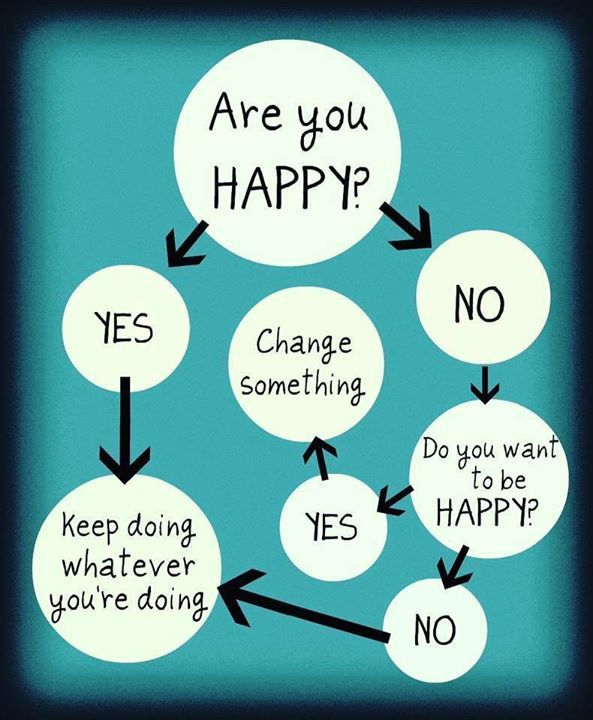
Until then, breast milk or formula provides all the calories and nourishment your baby needs. Infants don't yet have the physical skills to swallow solid foods safely, and their digestive system isn't ready for solids until they're at least 4 months old.
The American Academy of Pediatrics (AAP) and World Health Organization (WHO) recommend breastfeeding exclusively for the first six months of your baby's life and introducing solids at 6 months old. The AAP advises breastfeeding until age 1 – and longer if you and your baby want to.
Signs your baby is ready for solids
Your baby will give you clear signs when they're ready. Look for:
- Head control. Your baby needs to be able to keep their head in a steady, upright position.
- Sitting well when supported. Your baby needs to be able to sit upright in a baby seat or highchair to swallow well.
- Losing the "extrusion reflex." Your baby's mouth and tongue develop in sync with their digestive system.
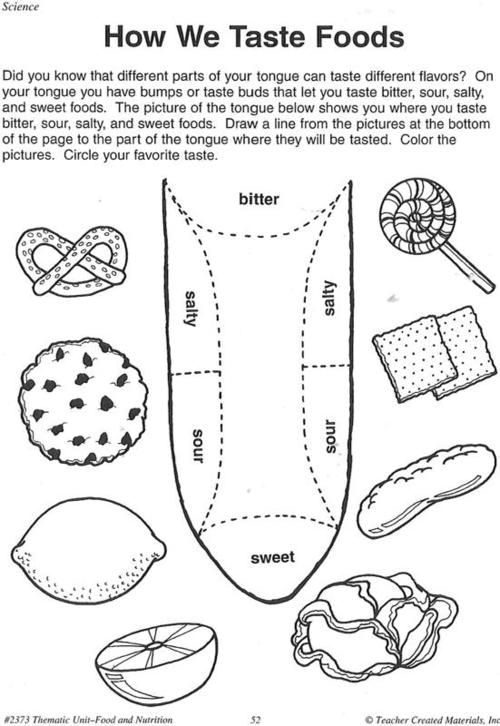 To start solids, they should be able to move food to the back of their mouth and swallow it, instead of using their tongue to push food out of their mouth.
To start solids, they should be able to move food to the back of their mouth and swallow it, instead of using their tongue to push food out of their mouth. - Curiosity about food. Your baby may start showing interest in what you're eating, reaching for your food or even opening their mouth if you offer them a spoonful.
Starting solids by 6 months old is important for your baby's oral motor development (the use of their lips, tongue, jaw, teeth, and hard and soft palates). Also, solid foods can provide specific nutrients your baby needs, such as iron and zinc. (These are especially important if your baby has been exclusively breastfed.)
What are the best first baby foods?
Start your baby with any pureed, single-ingredient food. Although it used to be standard for parents to give rice cereal as a first food, that's not necessary. In fact, pediatricians often don't recommend baby rice cereal since it can contain inorganic arsenic, and it's not as nutritious as some other first foods.
Good first baby foods include
- pureed squash
- applesauce
- mashed bananas
- mashed avocado
- pureed peaches
- pureed pears
- pureed meats
- whole-grain, iron-enriched baby cereal such as oatmeal
Advertisement | page continues below
If your baby is breastfed, the AAP suggests meat as a first food because the iron in beef, chicken, and turkey helps to replace iron stores, which start to diminish at about 6 months of age.
How to introduce solids to your baby
The traditional way to start solids is by spoon-feeding your baby cereal or purees, but some parents use a different method called baby-led weaning. Using this method, you put chunks of soft, developmentally appropriate food on the highchair tray or table and let your baby grab the food and feed themself.
Here's how to start spoon-feeding your baby:
For your first few feedings, start with just 1 or 2 teaspoons of pureed solid food or baby cereal about an hour after nursing or bottle-feeding (so your baby isn't too hungry or full).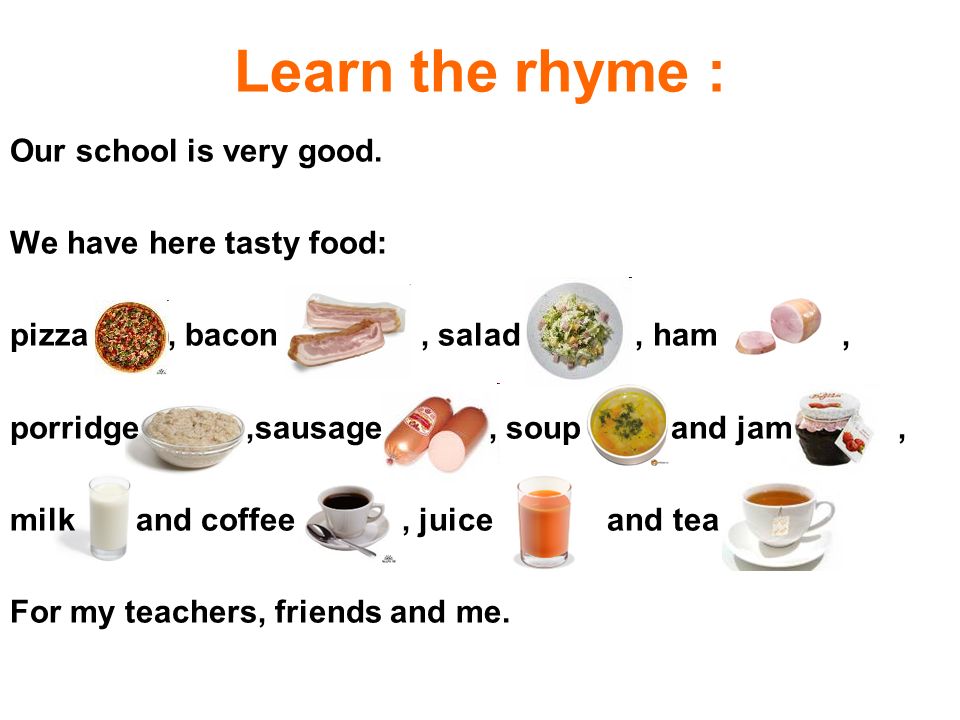
Use a soft-tipped plastic spoon to feed your baby to avoid injuring their gums. Put a small amount of food on the tip of the spoon and offer it to them. If your baby doesn't seem very interested, just let them smell the food for now and try again another time.
If you're feeding your baby ready-to-eat jars or pouches of baby food, put some into a small dish and feed them from that. (If you dip the feeding spoon into the jar, it's not a good idea to save the leftovers because bacteria from your baby's mouth will now be in the jar.) Store leftovers in the fridge and throw away any opened baby food jars or pouches within a day or two of opening them.
If you decide to start with cereal, give your baby 1 to 2 teaspoons of diluted infant cereal. Add breast milk or formula to a tiny pinch of cereal. It will be very runny at first, but as your baby starts to eat more solid foods, you can gradually thicken the consistency by using less liquid.
Begin with one daily feeding in the morning whenever your baby isn't too tired, hungry, or cranky. Your baby may not eat much at first, but give them time to get used to the experience. Don't be surprised if your baby is confused or rejects solid food at first. Some babies need practice keeping food in their mouths and swallowing.
Your baby may not eat much at first, but give them time to get used to the experience. Don't be surprised if your baby is confused or rejects solid food at first. Some babies need practice keeping food in their mouths and swallowing.
Eventually you can start giving your baby more solid food until they're having a few tablespoons a day, over two feedings. In general, your baby could start with pureed or semi-liquid food, then move on to strained or mashed food, and finally graduate to small pieces of finger foods.
Signs that your baby is full
Your baby's appetite will vary from one feeding to the next, so a strict accounting of how much they've eaten isn't a reliable way to tell when they've had enough. Look for these signs that your baby's probably done:
- They lean back in their chair
- They turn their head away from food
- They start playing with the spoon
- They refuse to open up for the next bite (Sometimes a baby will keep their mouth closed because they haven't finished the first mouthful, so give them time to swallow.
 )
)
Food allergies and introducing solids
Experts recommend that you introduce one food at a time to your baby, and wait 3 to 5 days before introducing another food, so you can watch for any allergic reactions. It's also a good idea to write down the foods your baby samples. If they have an adverse reaction, a food log will make it easier to pinpoint the cause.
You don't have to hold off on giving allergenic foods such as eggs, peanut butter, or soy. There's no evidence that waiting to introduce certain foods will help your baby avoid allergies. In fact, there's evidence that the opposite is true.
According to the American Academy of Allergy Asthma and Immunology (AAAAI), incorporating commonly allergenic foods into your baby's diet starting at around 4 to 6 months (and continuing through childhood) may actually help prevent the development of food allergies.
Start with traditional first foods, such as iron-fortified infant cereal, pureed veggies, fruits, and meats. Once you've tried a few of these foods and your baby seems to be tolerating them well, you can introduce more commonly allergenic foods, such as soy, eggs, wheat, fish, and peanut products.
Once you've tried a few of these foods and your baby seems to be tolerating them well, you can introduce more commonly allergenic foods, such as soy, eggs, wheat, fish, and peanut products.
Food manufacturers have products on the market designed to help you incorporate commonly allergenic foods into your child's diet. These stir-in powders and finger foods may contain one commonly allergenic protein or a blend of several.
Special precautions need to be taken with certain babies. If your child falls into any of the following categories, consult with your baby's doctor or an allergist to create a customized feeding plan before adding solids to your baby's diet:
- Your baby has a sibling with a peanut allergy.
- Your baby has moderate to severe eczema despite following a doctor's treatment plan.
- Your baby previously had an immediate allergic reaction to a new food or has been diagnosed with a food allergy.
If your baby is allergic to a new food, you'll see signs of a reaction within a few minutes or hours. Most children with food allergies have mild reactions. If you notice a few hives, a new rash, or diarrhea, call your baby's doctor for advice.
Most children with food allergies have mild reactions. If you notice a few hives, a new rash, or diarrhea, call your baby's doctor for advice.
If you notice wheezing, difficulty breathing, vomiting, facial swelling (including the tongue and lips), or more than two body systems affected (such as hives and vomiting), your baby may be having a life-threatening reaction called anaphylaxis. Call 911 or your local emergency number immediately.
Baby food feeding tips
- Offer fruits or vegetables in any order. Some parents may tell you to start with vegetables instead of fruits so your infant won't develop a taste for sweets. But babies are born with a preference for sweets, so you don't have to worry about introducing sweet or savory foods in any particular order.
- Feed cereal with a spoon only. Unless your baby's doctor asks you to, don't add cereal to a bottle – your baby could choke or end up gaining too much weight.

- Encourage adventurous eating. You don't have to stick with bland and boring. See how to make your own baby food and use spices and seasonings to create delicious baby food flavors.
- Give new foods time. If your baby turns away from a particular food, don't push. Try again in a few days.
- Check for added sugars and too much salt. Check the Nutrition Facts label on canned, frozen, or packaged foods for "Added Sugars." If there's 1 gram or more listed, give your baby something else. Also look at sodium amounts. Babies shouldn't have no more than 1,200 mg of sodium per day.
- Avoid unsafe foods. Don't give your baby foods that could cause choking, such as whole grapes or popcorn. Babies under 1 can't have honey, cow's milk, or soy milk. Also, unpasteurized juices and undercooked fish, meat, eggs, or poultry could be a source of bacteria.
- Watch for constipation. Your baby's poop sometimes changes when their diet does.
 Although it's usually temporary, your baby may have constipation after you introduce solids. If you notice that your baby is having less frequent bowel movements, or that their stools have become hard or dry and seem difficult to pass, let their doctor know. Some doctors recommend adding high-fiber fruits such as pears, prunes, and peaches to a baby's diet, or giving a few ounces of prune, apple, or pear juice every day until bowel movements are back to normal.
Although it's usually temporary, your baby may have constipation after you introduce solids. If you notice that your baby is having less frequent bowel movements, or that their stools have become hard or dry and seem difficult to pass, let their doctor know. Some doctors recommend adding high-fiber fruits such as pears, prunes, and peaches to a baby's diet, or giving a few ounces of prune, apple, or pear juice every day until bowel movements are back to normal.
Also, don't be surprised if your baby's poop changes color and odor when you add solids to their diet. If your baby has been exclusively breastfed up to this point, you'll probably notice a strong odor to their formerly mild-smelling stools as soon as they start eating even tiny amounts of solids. This is normal.
If your baby shies away from new foods, here are a few things you can try:
- Test a range of textures. If your baby doesn't like pear puree, try giving them pieces of very ripe pear instead.
- In a similar vein, try different cooking methods.
 If your baby doesn't like steamed veggies, try giving them roasted vegetables.
If your baby doesn't like steamed veggies, try giving them roasted vegetables. - Serve food at different temperatures. Some babies prefer broccoli cold rather than warm, for example.
- Combine the new food with a familiar favorite. If your baby rejects a new food on its own, mix it in with something you know they like.
- Add a dipping sauce! Try shredded chicken with applesauce, yogurt with baked apple slices, or hummus with well-cooked pieces of carrot.
- Above all, be patient. Sometimes it takes a while for a baby to get used to new flavors and textures, so keep trying and eventually they'll accept the new food.
How many times a day should my baby eat solids?
At first your baby will eat solid food just once a day. By around 6 to 7 months, two meals a day is the norm. Starting around 8 to 9 months, they may be eating solid food three times a day plus a snack. A typical day's diet at 8 months might include a combination of:
- Breast milk or iron-fortified formula
- Iron-fortified cereal
- Vegetables
- Fruit
- Small amounts of protein, such as eggs, cheese, yogurt, poultry, lentils, tofu, and meat
- High-allergy foods, if appropriate
See our age-by-age baby feeding guide for more detail on how much to feed your baby and when.
How much breast milk or formula does my baby need after we introduce solids?
Even after your baby starts solids, breast milk or formula will provide the majority of their calories and nutrition until they're 9 months to 1 year old. Breast milk and formula contain important vitamins, iron, and protein in a form that's easy to digest.
You may notice that as your baby starts to eat more solid foods (around 9 months old), they'll gradually decrease their intake of formula or breast milk. This is normal. Over time, your baby will take fewer bottles with more ounces in each.
Here's how much breast milk or formula babies need after starting solids:
- 4 to 6 months old: 4 to 6 feedings a day (breastfeeding, or bottles with 4 to 6 ounces)
- 6 to 8 months old: 3 to 5 feedings a day (breastfeeding, or bottles with 6 to 8 ounces)
- 8 to 12 months old: 3 to 4 feedings a day (breastfeeding, or bottles with 7 to 8 ounces)
What equipment do I need to introduce solids?
It's helpful to have:
- A highchair
- Baby bowls and plates
- Baby spoons
- Bibs
- A splat mat on the floor
You may also want to introduce your baby to a sippy cup soon after you start solids.
If you're making your own baby food, you'll need:
- A tool to puree the food, like a blender, food processor, or baby food maker
Storage containers for refrigerating and freezing extra portions (Some parents use ice cube trays – or similar devices made just for baby food – to store and freeze individual portions.)
How to introduce complementary foods to a baby?
The introduction of complementary foods is an important and integral part of the process of feeding a child. New parents inevitably have a lot of questions about complementary foods: when to introduce, what to introduce, how to introduce, etc. In this article, we will try to answer the most common questions related to this topic. You can also contact your pediatrician to help you understand the intricacies of introducing complementary foods.
At what age should we start introducing complementary foods? nine0005
The World Health Organization recommends introducing complementary foods to children at 6 months of age.
Can complementary foods be started earlier than 6 months?
Since all children develop at different rates, there are children who are ready to be introduced to complementary foods at an earlier age. If there are signs of readiness to introduce complementary foods, it can be introduced to children older than 4 months. The child is ready to feed if:
- shows interest in food (looks at parents with interest when they eat, reaches for food and cutlery)
- confidently holds his head, sits with support
- opens his mouth when a spoonful of food is brought to him, does not push food out with his tongue
What if the child is bottle-fed?
The recommended time for introducing complementary foods is the same for both breastfed and formula-fed babies.
Should I continue to breastfeed after introducing complementary foods?
The World Health Organization recommends that breastfeeding be continued until 2 years of age or beyond.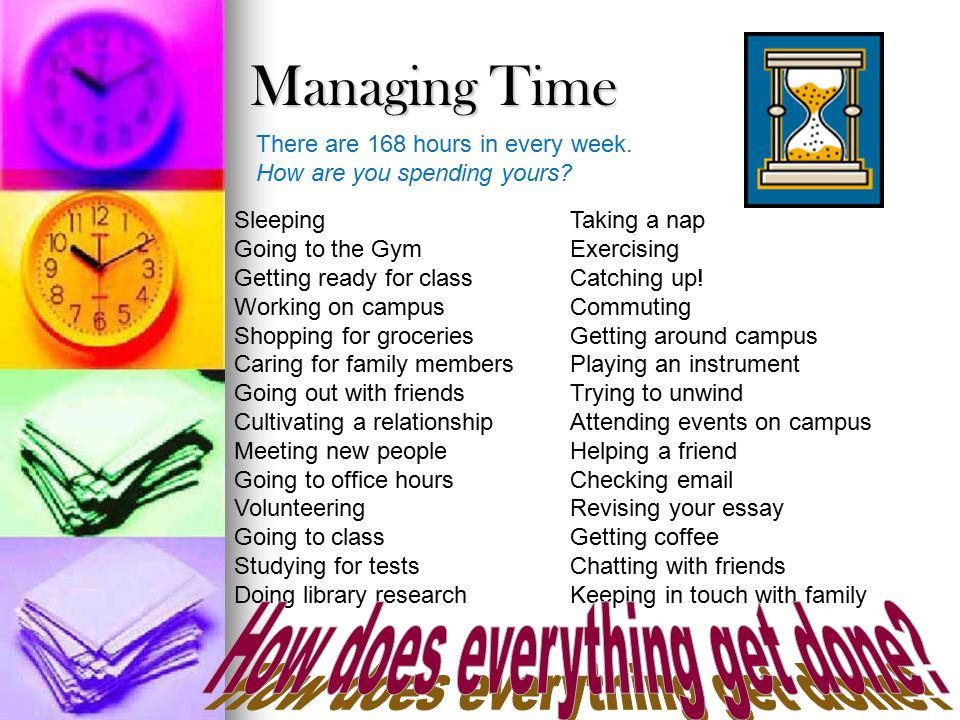 American Academy of Pediatrics - up to 1 year or more. nine0003
American Academy of Pediatrics - up to 1 year or more. nine0003
How to start weaning?
Start with half a teaspoon or even less. At the same time, talk to the child during feeding (“try it, see how delicious it is”, etc.). At first, the child does not understand what he needs to do. He may wrinkle or even refuse to participate in this process. In this case, you can offer the child a breast or milk formula, and then try again to give half a spoonful of complementary foods, then breast or formula again. At the first feeding, most of the food will most likely be on the face and arms of the baby. You need to be prepared for this and not be nervous if this happens. nine0003
Note that when introducing complementary foods, it is not recommended to force the child to eat if he turns away from food or cries. The process of introducing complementary foods is gradual, and if it didn’t work out today, it can work out tomorrow.
What is the best way to eat?
Children eat much better together with the whole family than when they are fed separately. Regular joint family meals have a positive effect on the development of children. Offer your child a variety of healthy foods. As for the amount of food - let the baby decide for himself how much food he will eat at a time. nine0003
Regular joint family meals have a positive effect on the development of children. Offer your child a variety of healthy foods. As for the amount of food - let the baby decide for himself how much food he will eat at a time. nine0003
What kind of food should be given?
For children under 8 months of age, complementary foods are usually given in the form of mashed potatoes. From 8 to 10 months it is enough to knead food with a fork. And children older than 10 months can cut food into thin strips.
What type of complementary foods is better to choose for the first time?
In fact, it doesn’t matter what exactly complementary foods are started with. Traditionally, porridge is introduced first, then vegetables, fruits, and lastly meat. In practice, you can follow this scheme, or you can choose any other sequence. nine0003
If you start complementary foods with fruits, what if the child will not eat vegetables later?
Pediatricians often recommend introducing vegetables before introducing fruit, because after the child has tasted fruit, he will not want to eat vegetables.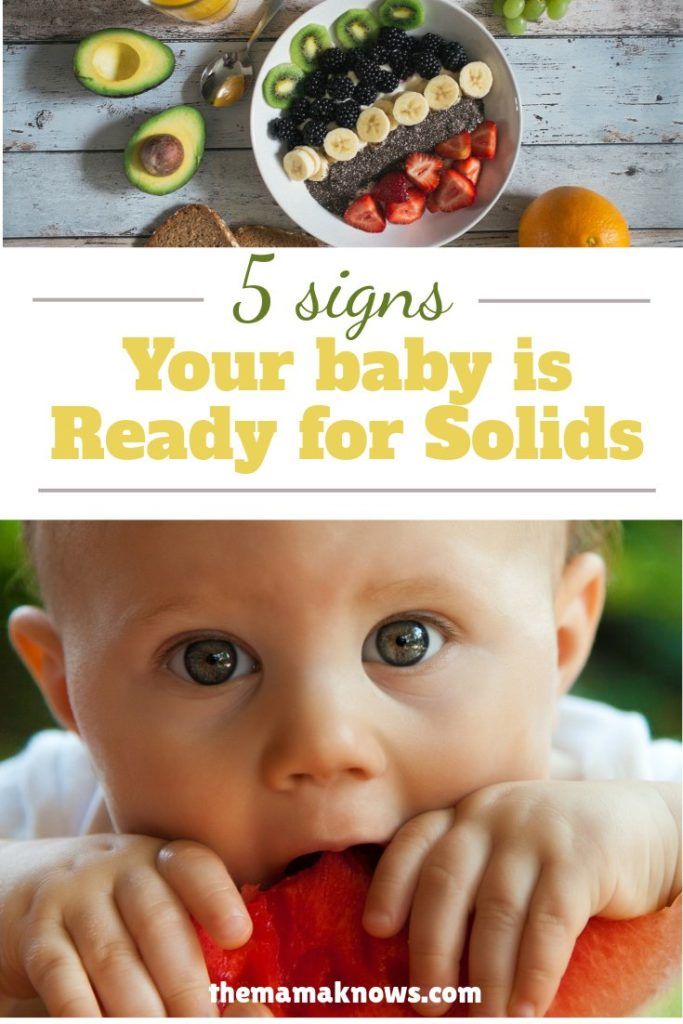 In fact, such assumptions are unfounded. Almost all children love sweets, and the order of introduction of complementary foods cannot change this.
In fact, such assumptions are unfounded. Almost all children love sweets, and the order of introduction of complementary foods cannot change this.
Is it possible to start complementary foods with meat?
Yes, you can. Meat is especially useful for children who feed exclusively on breast milk. Meat contains a large number of important elements for the child - iron and zinc. nine0003
What is the best porridge to start with?
With almost any - buckwheat, rice, corn, oatmeal, etc. It is better to opt for cereals enriched with iron.
Is it possible to give semolina?
Semolina porridge contains a huge amount of carbohydrates with a low content of fiber and vitamins. You can give it, but there is no need to use it.
When can I introduce the next type of complementary foods? nine0005
Gradually increase the volume of complementary foods and if it is well tolerated, start introducing the next type of complementary foods in 3-4 days. New food can be given along with the already introduced. Introduce one food at a time.
New food can be given along with the already introduced. Introduce one food at a time.
When to introduce fish, eggs, nuts, berries, citrus and legumes?
These types of food are somewhat more likely (compared to others) to cause allergic reactions in children. However, there is no need to delay the introduction of these products to a later date. Research results show that early introduction of these foods may reduce the risk of developing allergies in children. nine0003
How do you know if a child has a food allergy?
Food allergies can be suspected by the following symptoms: vomiting, diarrhea, blood in the stool, rash after the introduction of complementary foods. If these symptoms occur, it is necessary to show the child to the doctor.
How to give nuts?
Nuts can be given as a powder or paste. You can add them, for example, to porridge.
Isn't there too much to feed? nine0005
About a couple of months after the start of the introduction of complementary foods, it is desirable that the child's diet includes food with a variety of tastes, smells and textures: cereals, vegetables, fruits, meat, eggs, fish, cottage cheese, etc.
Can children have honey?
It is not recommended to give honey to children under one year old, as it may contain spores of bacteria dangerous for babies that can cause botulism.
What changes will occur after the introduction of complementary foods? nine0005
After the introduction of complementary foods, the baby's stools usually become more dense, may change their color and acquire a more pronounced smell. Green vegetables and peas can turn stools greenish, while beets can turn red. If pieces of undigested food appear in the stool, this is normal and is not a cause for concern.
Should children be given juice?
In the first year of life, juice consumption is not recommended. Older children can be given 100% juice in a volume not exceeding 120 ml per day. However, there is no need for this. nine0003
How do you know if a child is not ready for school?
Photos: Depositphotos / Illustrations: Julia Zamzhitskaya
Sending a child to the first grade from the age of six or sitting for another year is a dilemma faced by many parents. The decision is most often made based on the level of intellectual development of the baby, while other indicators are not taken into account. With the help of child psychologist Olga Arkhipova and primary school teacher Inna Vedutenko, we figure out why this cannot be done and how to actually determine the child's readiness for school. nine0103
The decision is most often made based on the level of intellectual development of the baby, while other indicators are not taken into account. With the help of child psychologist Olga Arkhipova and primary school teacher Inna Vedutenko, we figure out why this cannot be done and how to actually determine the child's readiness for school. nine0103
There are no officially established requirements for future first-graders, they are different in each school. Usually, before admission, the child is interviewed by a school psychologist. He may be asked to tell about himself and his family, name the days of the week and list the months, count to 10 and back, ask to retell a short text.
Although, formally, you may not be able to do this to enter the first grade. According to the law on education, a school can refuse a child only if there are no free places in it - then parents will be offered a replacement. So the interview is more of an introductory nature and is not mandatory. nine0003
nine0003
But this does not mean that readiness for school is not important for the child and his family. After all, not only grades will depend on this, but also relationships in the team and even the state of health of the first grader.
Intellectual readiness
This is what parents pay attention to first of all: a set of certain knowledge, as well as the degree of development of memory, attention, thinking, imagination and speech.
Tests and questionnaires that can be found on the net and in various pedagogical publications, as a rule, assess this particular aspect of a child's readiness. And this is where the danger of error lies. If a preschooler easily copes with tasks, this is very flattering to parental vanity, and they want to send the little “genius” to school as early as possible. However, development is a multifaceted process, and it is impossible to write off other signs of a child's readiness for school. In addition, an over-informed child can quickly lose interest in school. nine0003
nine0003
The level of intellectual readiness can be checked at home with the help of graphic dictation - drawing by cells under dictation. It allows you to assess how focused and attentive the child is, as well as to determine the level of auditory perception and spatial intelligence.
Psychological readiness
When six-year-olds who have been studying in early development circles since the age of two are brought to school, this often leads to “postponed” problems. Dysgraphia, dyslexia, lack of motivation to study, communication difficulties do not appear in the first months of training and adaptation, but later. Often, even with a high intellectual level, the child is not psychologically ready for the first grade. Usually the general psychological readiness is formed only after seven years.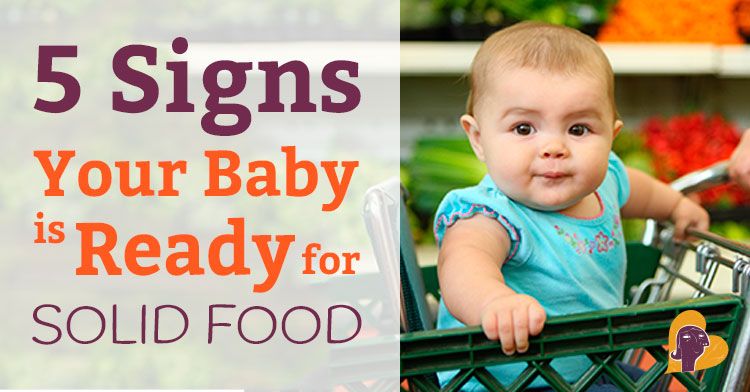 nine0003
nine0003
If a child cannot sit in one place for 20 minutes doing some task, does not hold attention, does not memorize instructions, does not know how to work according to the model, is distracted by any obstacle, he has no interest in the world around him (cognitive activity, curiosity ) - then he will have difficulties in learning. In this case, it is better to postpone the school.
If this is not possible, the teacher should be warned. Parents need to spend more time with their child, not to burden him additionally, to give up circles and sections for a while, and to monitor the state and mood of the student. If necessary, contact a psychologist or neurologist. nine0003
How to understand if a child is ready for school and prepare him and himself for a new role and new stresses? What to stock up and what documents to collect?
Answers to all the questions that concern the parents of future first graders can be found in the general developmental program “Preparing children for school.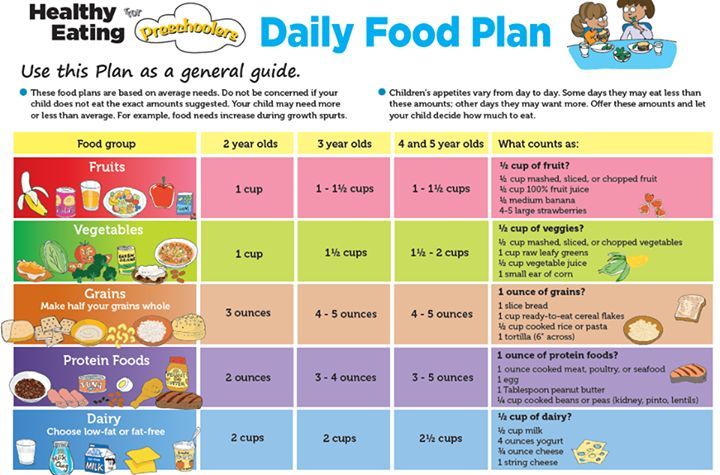 A course for parents”, which was prepared by the Educational Center of the Teachers' Council.
A course for parents”, which was prepared by the Educational Center of the Teachers' Council.
The program consists of 11 lessons in text format, videos and tests that will help you test yourself and better remember new information. nine0003
Find out more
Physical readiness
Learning is not only mental, but also difficult physical work. The child is forced to wear a heavy backpack, sit at a desk a lot at school and at home. The functional systems of the body must be sufficiently formed for such loads.
To independently assess how physically ready a preschooler is for the first grade, the following methods are used:
- "Philippine test". The child should cover the left ear with the right palm, throwing the arm over the head. If the palm completely or partially covers the ear, then the child has already experienced a growth spurt and is physically ready for school stress. If not, it will be difficult for him to sit at his desk for a long time and keep his attention in the lesson.
 nine0014
nine0014 - Teeth check. The number of molars indicates the physiological maturity of the child. The more of them, the more formed the skeletal system for long-term loads.
However, it is still better to consult a doctor for chronic or acute diseases. If there are any problems, this does not mean that it is impossible to go to school. But it will be necessary to create special conditions for the child.
Social readiness
The child must be able to communicate with adults and peers, understand and accept the rules established in society. nine0003
If he actively plays with peers, is keenly interested in what is happening around him, likes to ask questions, his social development is favorable for starting school. If the kid does not perceive requests well, is used to breaking the rules, he does not have developed emotional intelligence and he does not know how to build communication with peers, school adaptation can be difficult.
Problems in this regard are most often observed in children who did not go to kindergarten. They may be embarrassed to ask a question or ask an adult for help; may not know how to negotiate with children, participate in joint activities. However, such difficulties do not mean that schooling is impossible. Such children require a more attentive attitude from the teacher and parents, especially in the first months of study. nine0003
They may be embarrassed to ask a question or ask an adult for help; may not know how to negotiate with children, participate in joint activities. However, such difficulties do not mean that schooling is impossible. Such children require a more attentive attitude from the teacher and parents, especially in the first months of study. nine0003
In addition, it is important for the child to master basic household skills: know how to tie shoelaces, change into a sports uniform, put school supplies in a backpack, wash hands thoroughly, and so on. And, of course, he was able to ask for help if something did not work out.
Sooner or Later: Advice to Parents
Under the Education Act, a child can start first grade from six and a half to eight years old. An individual approach is important here: some children are ready for school at the age of six, while others are not ready even at seven. nine0003
For example, here is the opinion of Oksana S., who sent her son to school at almost eight years old and does not regret it:
“I am a teacher and I myself was preparing for school with my son.
He was supposed to go to school at six years and eight months. But I saw that my child was not ready: he had difficulty remembering the letters, he could not circle the sticks-hooks correctly, he could not retell the text that was read to him, he refused to draw, do crafts, there were speech problems and the like. Therefore, I thought that one more year of kindergarten would not hurt. nine0003
As a result, we went to school at the age of seven, eight months. Neither I nor he regret it. Studying is quite easy for him, he has a good memory, he knows how to think logically, to prove his point of view. Over the course of this year, his “reasoner” began to work much better.
At the same time, four children - the same age as my son - went to school at the age of six. Three of them were almost straight A students until the sixth or seventh grade, but for one, study is difficult. So everything is individual.” nine0003
To diagnose readiness for school, psychologists use specialized comprehensive tests - for example, the Kern-Jirasek orientation test, the Human Drawing test, various questionnaires, and so on.

